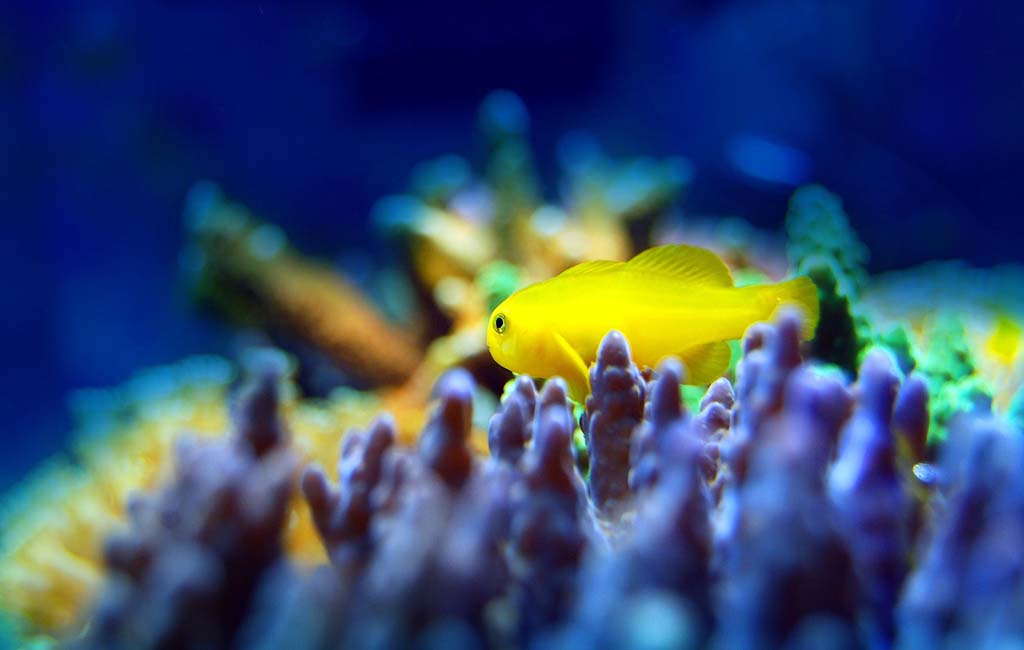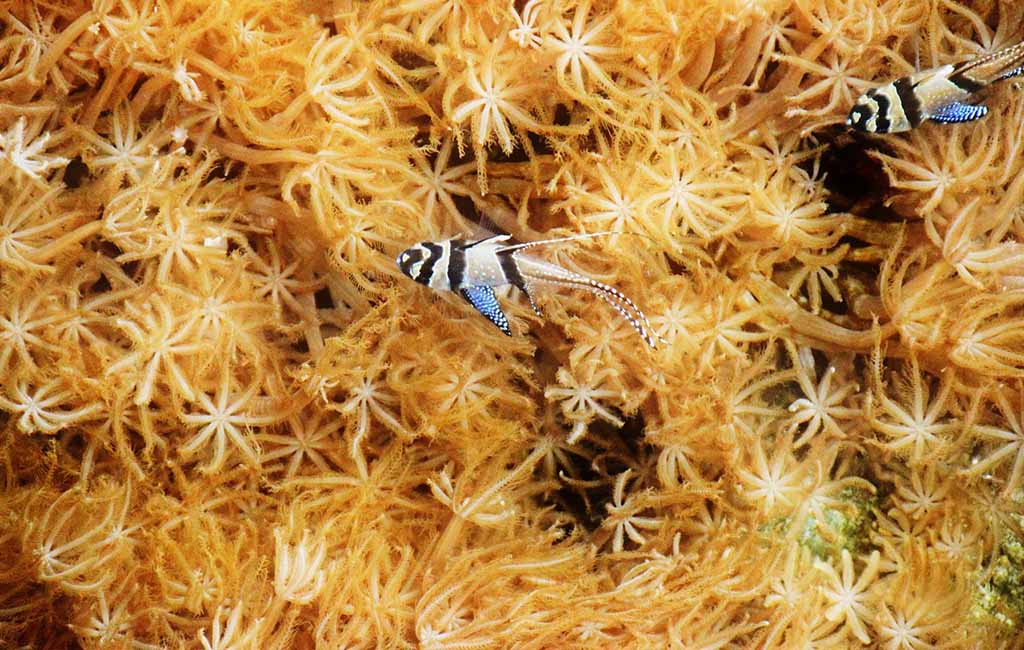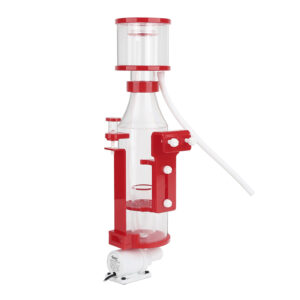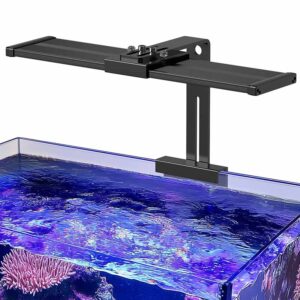Reef structures are among the most biodiverse structures in the world, sheltering thousands of marine organisms such as fish and other invertebrates and hard and soft corals, among others. These structures help to populate a great number of fish that are specifically adapted to live in reef systems.
Content Table
Learning about the number of fish species in coral reefs and their biological significance can contribute to the need to protect those species when acquiring them to own them as pets.

Fish species in coral reefs
Coral Reef Fish Species
Marine fish species of interest in the present study refer to fish species that dwell and rely on coral reefs for their sustenance. These fish species in coral reefs have developed some features that enable them to live within reef habitats, and they include:
- Bright coloration and camouflage: Many of the reef fish are brightly colored to act as camouflage or as a signal to potential predators.
- Specialized feeding habits: Certain types, for example, parrot fish feed on algae, while other fishes like cleaner wrasse feed on other fish parasites.
- Unique reproductive behaviors: Some social and reproductive behaviors are exclusively outstanding; some of them include the clownfish.
- Symbiotic relationships: Some of the coral reef fish species are commensals to other organisms within this habitat, for example, the anemone fishes that dwell among sea anemones.
These features distinguish fish species in coral reefs from other saltwater species that inhabit open waters or deep-sea environments.
How Many Species of Fish Live in Coral Reefs Worldwide
Depending on the estimates, there are about 4,000 to 6,000 fish species associated with coral reefs, which contribute to 25% of fish species in the sea. The coral reef fish is widely distributed within warm water regions of the continental shelf in the tropical coastal waters of Asia, particularly in the Coral Triangle of South East Asia, comprising Malaysia, Indonesia and the Philippines, and Papua New Guinea.
These fish are of different types and classifications as follows:
- Pomacentridae (Damselfish and Clownfish): Small-sized fish distinguished by bright color that stay in territorial bases and have a relationship with anemones.
- Labridae (Wrasses): Form a diverse family that has unique characteristics of cleaning activities, plus colorful variations.
- Scaridae (Parrotfish): These fish feed mainly on algae and are thus useful in controlling the algae menace that may threaten the reefs.
- Acanthuridae (Tangs and Surgeonfish): Distinguished by their ventral fins, which are lined with sharp spines, these fish are useful for managing algal blooms.
- Serranidae (Groupers and Basslets): Groupers and Basslets are predatory fish that are helpful to control the abundance of small fish on the reef.

reef fish species
Aquarium Fish Species That Depend on Reefs
Many fish species that are popular in the aquarium trade originate from coral reefs and rely on reef environments for food, shelter, and breeding. These coral reef fish species require specific water conditions, live rock structures, and compatible tank mates to mimic their natural reef habitats in captivity.
Some of these species include:
- Clownfish (Amphiprioninae): Known for their symbiotic relationship with sea anemones, they are one of the most recognizable reef fish in home aquariums.
- Yellow Tang (Zebrasoma flavescens): A bright yellow surgeonfish that helps control algae growth in reef tanks.
- Royal Gramma (Gramma loreto): A small, vibrant purple and yellow fish that thrives in reef setups.
- Mandarinfish (Synchiropus splendidus): A stunningly colorful fish that requires a well-established reef tank with a healthy supply of copepods.
- Firefish Goby (Nemateleotris magnifica): A peaceful, darting fish that enjoys reef crevices for hiding.
The Role of Reef Fish for Coral Reefs
Reef fish are integral to the health and sustainability of coral reef ecosystems. Without reef fish, coral ecosystems would struggle to survive, leading to ecological collapse and biodiversity loss. They contribute to reef function in several ways:
- Algae Control: Herbivorous fish like parrotfish and tangs graze on algae, preventing it from overgrowing and suffocating corals.
- Nutrient Recycling: Fish waste provides essential nutrients that support coral growth and reef biodiversity.
- Predator-Prey Balance: Carnivorous fish regulate populations of smaller species, maintaining ecological equilibrium.
- Symbiotic Relationships: Some species, like cleaner wrasses, remove parasites from larger fish, benefiting both parties.
- Sand Production: Parrotfish contribute to the formation of sandy beaches by digesting coral and excreting it as sand.

reef fish species
5 Most Famous Coral Reef Fish
A selection of reef fish can be considered well-known, popular aquarium fish, extraordinarily shaped, or significant to the health of reef systems. Below is a list of five fascinating fish species in coral reefs:
Clownfish (Amphiprioninae)
Undoubtedly one of the best-known fish, clownfish are characterized by longitudinal orange and white stripes and coexistence with sea anemones. This makes them easy to domesticate, for them popular in the aquarium industry.
Indeed, clownfish are protogynous hermaphrodites; the largest fish becomes the female of the group, and smaller fish become male through social means. This interesting adaptation contributes to the fact that its population persists in the wild and captivity.
Parrotfish (Scaridae)
They are uniquely distinguished by the parrot-like teeth that they utilize in scraping algae from the coral. The function of the various types in the formation of sand and in the upkeep of reefs makes them valuable to the survival of corals.
Other interesting facts about the parrotfish, their diet is a combination of both plant and animal material, and their ability to produce a cobweb-like substance that the fish encloses their bodies at night as protection from various predators and bugs. This behavior, partnered with their bright color and unique social organization, makes them among the most interesting reef fish species.
Mandarinfish (Synchiropus splendidus)
This fish comes in many bright and neon colors, and thus it is one of the most colorful reef species. But they need to be fed specific, specialized tropic and be able to be with a reef tank to have a healthier chance in captivity.
It is interesting to illustrate that mandarin fish do not have scales like every other fish, but instead have a slippery coat, which provides them with defense from diseases and has quite an interesting feel. Another notable aspect of their behavior when in the wild is courtship displays, during which males engage in dance to attract females.

coral reef fish species
Yellow Tang (Zebrasoma flavescens)
A common fish in marine aquariums, the Yellow Tang is quite a mobile fish, contributing its role in the fight against algae. It is estimated that they live in the Indo-Pacific region and are highly important for the reef community. Sadly, their wild population has been reduced significantly due to overfishing to sell them as home aquarium fish. Conservation-based breeding has been recently established to alleviate pressure on wild fish supplies and numerous supplies for aqua hobbyists without destroying the reefs.
Lionfish (Pterois)
Lionfish have venomous spines along their body and black and white stripes like the mane, making the lionfish easy to identify. In certain parts of the world, they are considered as an invasive species that affects the native population of reef fish.
They can breed very fast with limited resources as compared to their predators in their natural environment therefore, when they are transported to other regions, they have become invasive species as they have adjusted easily to the regional waters, causing havoc to the ecosystems.
Lionfish have been cited as invasive species whose invasion in the Atlantic is credited for the decline in native fish populations; thus, conservationists have encouraged removal efforts such as lionfish hunting.
Closing Remarks
Coral reef fish species are home to half of the world’s fish species, and every fish is different and contributes to the overall stability of the coral reef ecosystem. These are thousands of species found in reefs found in the same reefs.
Some of them can still be preserved through appropriate measures that help to prevent threats such as overfishing, pollution, and climate change. Some of these fish can be found in the reefs in the wild or in artificial ones posted mostly in houses, so it is necessary to conserve them for future generations.


Leave a comment